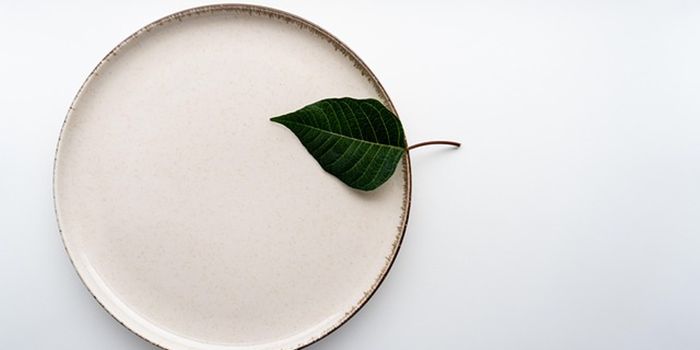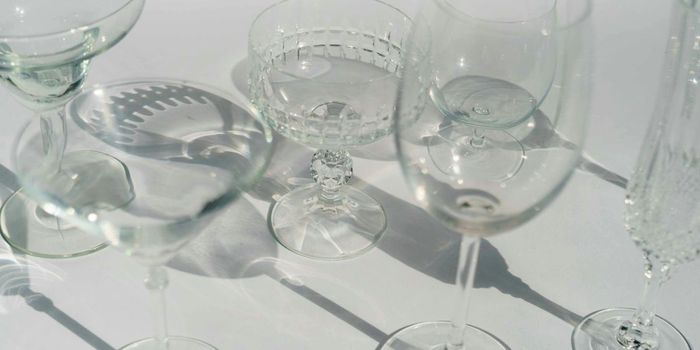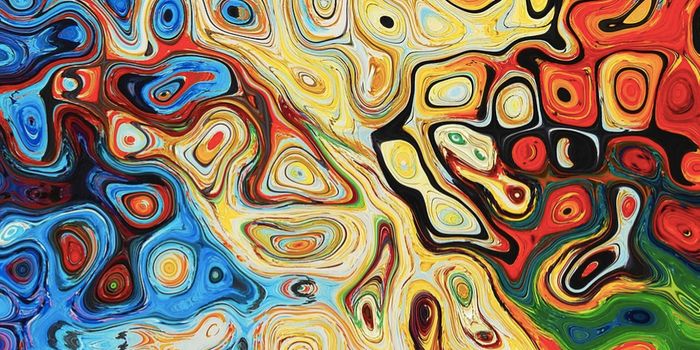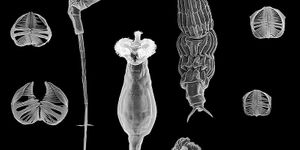Mastitis: An Unwanted Complication for the New Mother
Mastitis, occurring in approximately 1-3% of new mothers, is an unexpected bump in the road for those with newborns. Breastfeeding is a crucial time between a mother and her infant where important bonding occurs and is a joyous process for the new mother, but it can be overshadowed with mild to severe pain caused by mastitis in the woman’s breast.
Anatomy of the Breast Tissue
Breast tissue consists of a system of ducts and glands that lead to the nipple and the surrounding area (areola). Like the spokes of a bicycle wheel, the ducts, which carry the breast milk, extend from the nipple into the underlying breast tissue. These lactiferous ducts fill with milk when lactation occurs after birth. The mammary glands are connected to the surface of the breast through ducts and can extend all the way to the armpit.
Causes of Mastitis
Mastitis is infection and inflammation in the mammary glands that usually accompanies breastfeeding. Most often, bacteria from the infant’s mouth enter the glands through a crack in the skin on the nipple causing the infection. The most common bacteria involved in these infections are Staphylococcus. E. coli, and Streptococcus, which are typically found on the skin and in the infant’s respiratory tract. There are other non-infectious causes including a rare form of inflammatory breast cancer, milk-stasis, and incomplete emptying of the mammary glands.
Signs and Symptoms
The symptoms of mastitis are those of any type of infection including:
-
A tender, painful, and red breast
-
Fever with flu-like symptoms such as chills and body aches
-
Purulent discharge from the nipple
-
Fatigue
-
Abscess
If any of these symptoms continue for more than 48 hours without resolving, medical attention should be sought immediately.
Treatment
There are some at-home remedies that can be tried to relieve mild mastitis. Over-the-counter pain relievers should be used only with medical advice. Warm compresses can be used before and after feeding for pain relief. The infant should not be weaned from breastfeeding since this helps to empty the mammary glands of excess milk and will help clear the infection. If needed, a breast pump can be used to relieve pressure in the breast. It is safe to keep nursing the baby since the bacteria causing the infection are probably from the baby's mouth. If these do not alleviate the infection, an oral antibiotic may be needed.
Mastitis Prevention
There are a few steps that can be taken to prevent mastitis. However, some women are more susceptible than others, and it’s not always preventable. Try these precautionary measures to keep this infection at bay:
-
Frequent washing of hands and nipples
-
Do not allow nipples to become chapped and cracked
-
Good hygiene for the infant
-
Allow for complete emptying of the milk glands
-
Avoid dehydration
-
Breastfeed equally from both breasts
Prognosis for This Type of Infection
Most cases of mastitis are treatable with or without antibiotics and usually, subside within a few days. Some cases are more severe and develop into an abscess that has to be drained. Irrigation and drainage of the abscess can usually be done in the physician’s office if it is close to the surface, but deeper abscesses may need to be surgically treated along with intravenous (IV) antibiotics. In both cases, there is usually complete resolution of the infection without any long-term complications.








